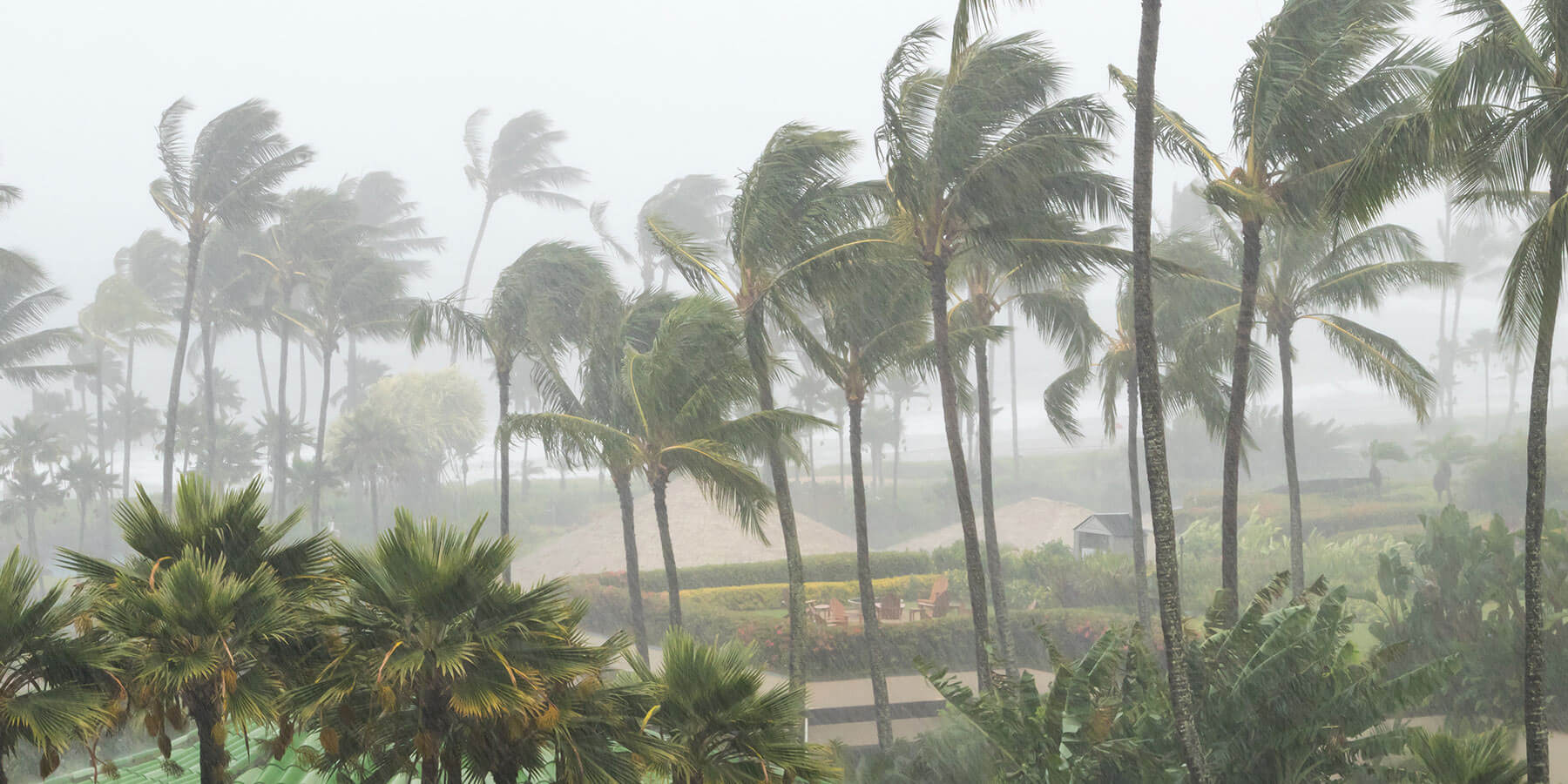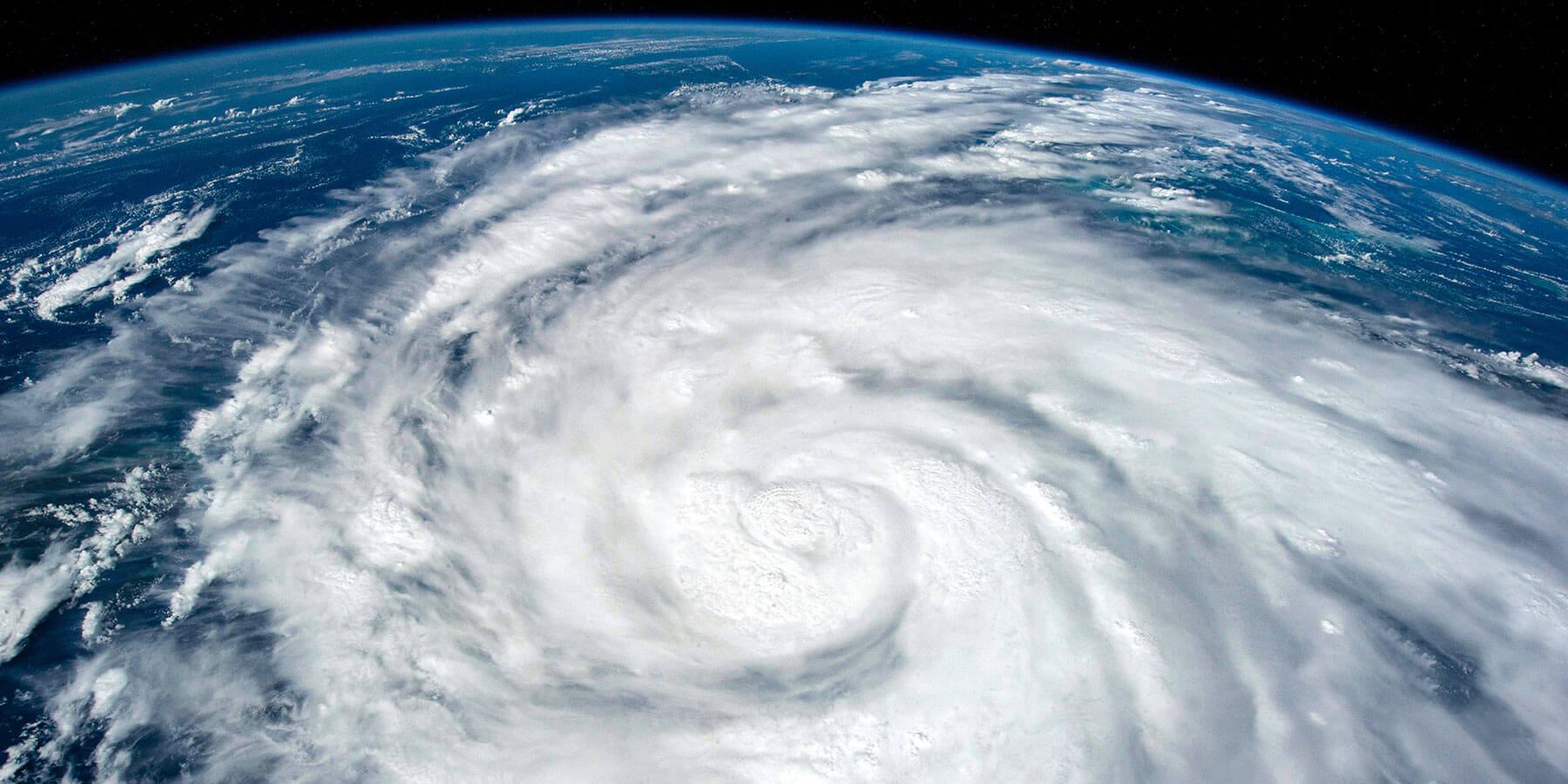The world is grappling with the effects of climate change, and temperature extremes are becoming the norm. However, not all communities face these harsh climatic shifts equally. This article explores the reasons why temperature fluctuations have a disproportionate impact on low-income communities, shedding light on the underlying factors that exacerbate their vulnerability to these changes and what solutions exist to remedy this growing challenge.
Increasingly, evidence shows that temperature fluctuations have a more significant impact on low-income communities. This is clear for several reasons. First, these communities often have less access to air conditioning and heating, making it harder to cope with extreme temperatures. Additionally, they are more likely to live in areas with inadequate infrastructure, such as poorly insulated homes, which can exacerbate the effects of heat waves or cold spells. Furthermore, low-income areas often have fewer resources to recover from weather-related disasters, leading to a cycle of vulnerability to temperature changes.
Consider the brutal heatwaves that have swept across various parts of the globe recently. In these oppressive climates, air conditioning is not just a luxury but a lifeline – one often beyond the reach of low-income households. Inadequate infrastructure and financial constraints prevent these families from affording air conditioning units or the associated electricity costs. Consequently, they must cope with dangerously high temperatures, leading to an increased risk of heat-related illnesses such as heatstroke, dehydration, and even death.
The built environments of low-income communities often exacerbate the effects of heat events. These neighborhoods are typically characterized by a prevalence of concrete and a lack of green space, which contribute to the urban heat island effect. This phenomenon occurs when urban areas become significantly warmer than their surrounding rural areas. The lack of cooling amenities like community pools or shaded parks further intensifies the impact of heat waves on these already vulnerable populations.
To compound the issue, many low-income individuals work in manual labor jobs that require them to be outside in the extreme heat. These workers are exposed to higher-than-average risks associated with heat exposure, including heat exhaustion and heatstroke.
Socio-economic disparities also play a role in emergency response and recovery. When a heatwave strikes, low-income communities often lack the resources for adequate medical services or heat relief programs, making recovery more difficult and prolonging suffering.
Access to health care is another obstacle. In the aftermath of a heat event, emergency rooms are often flooded with patients suffering from heat-related complications. Yet, for low-income individuals, a lack of health insurance or transportation may prevent them from seeking the medical help they need, leading to a higher incidence of unaddressed health complications and, in some cases, fatalities.
Mitigating Extreme Weather Challenges on Vulnerable Communities
Climate change is more than just a threat to the physical environment; it’s a social justice issue. While heat events don’t discriminate, structural inequalities in our society mean that the effects of these disasters are far from equal. As the world continues to warm, the burden of heat events will fall disproportionately on low-income communities.
We must recognize this disparity and work toward solutions that ensure every community has the resources to protect its residents. Leveraging assistance programs like the Low Income Home Energy Assistance Program (LIHEAP) can be instrumental in helping low-income communities manage excessive heat.
LIHEAP offers financial aid to help families cover their home energy bills, ensuring they can maintain a safe and healthy indoor temperature. By extending the outreach and accessibility of LIHEAP, more households can afford the necessary energy to power air conditioning systems during critical heat periods. For more information on LIHEAP and to apply, visit the LIHEAP website or contact your local LIHEAP office.
By integrating LIHEAP into broader climate resilience strategies, we can offer comprehensive support that addresses immediate needs and contributes to long-term community well-being and sustainability.



